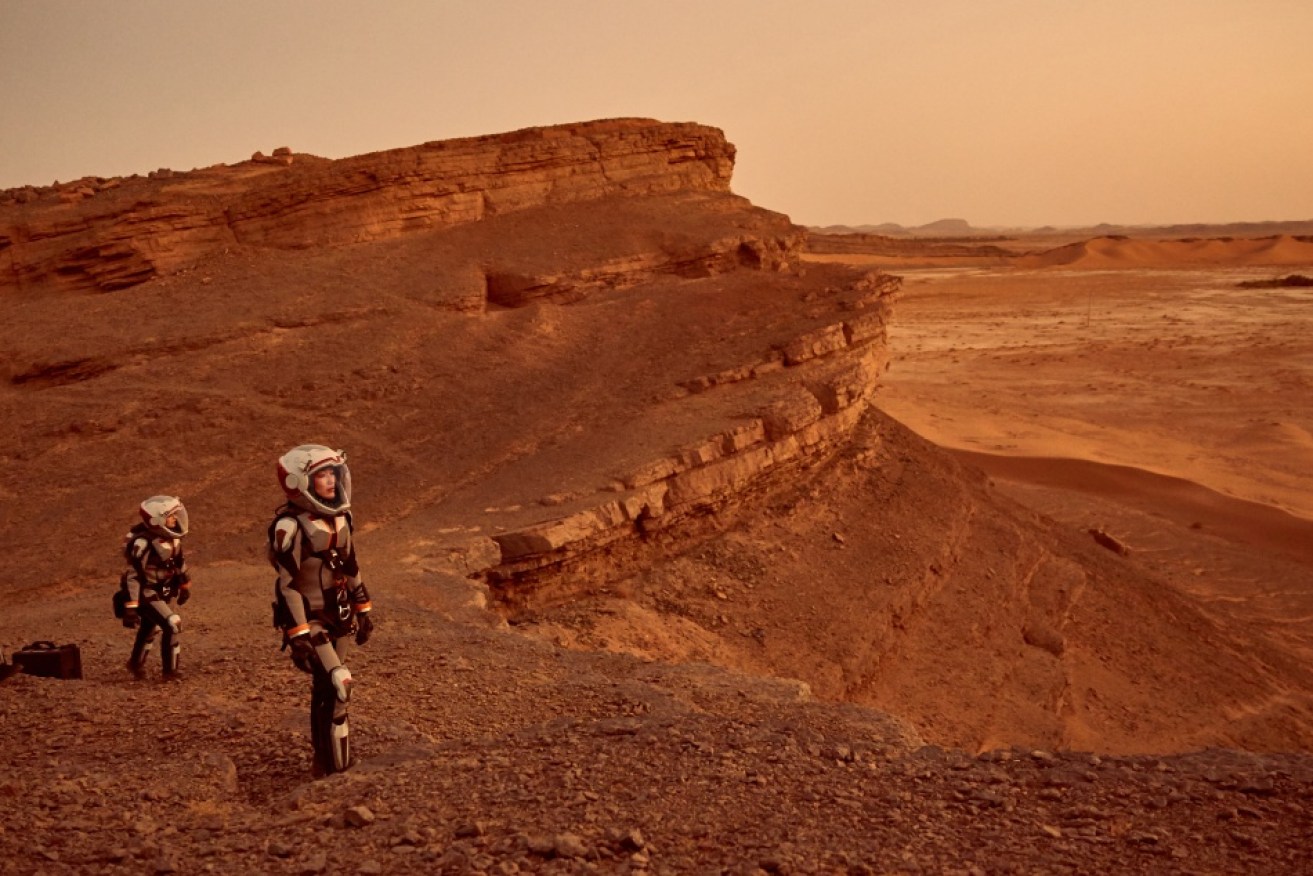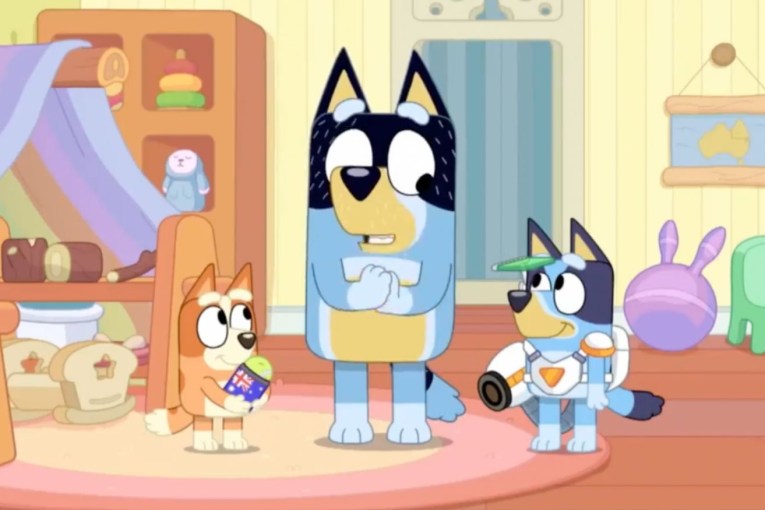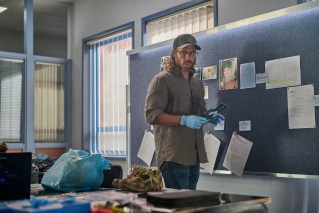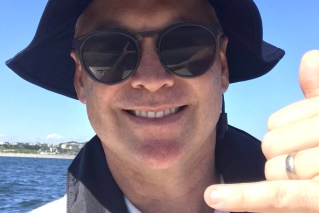Life on Mars: How far are we from getting to the red planet?


Canberra researchers have been helping NASA set foot on Mars. Photo: National Geographic
It’s official: Mankind could set foot on Mars in as little as 14 years.
And when we do, Jason Crusan, Director of Advanced Exploration Systems at NASA, will be one of the people responsible for ensuring the astronauts make it there in one piece.
The American electrical engineer is in Australia to promote National Geographic’s Mars, a docudrama that imagines what our first mission to Mars will really be like.
“Right now we are building the next generation of rockets and capsules to take humans to and from deep space,” Mr Crusan revealed to The New Daily.
“The first launch of the rockets and the capsules test flight is in 2018 and the first time we use crew will be 2021.
“In the 2020s we are going to build and deploy the habitat into orbit around the moon to use as our port.
“By the end of the 2020s … we will be able to do a fly-by mission of Mars and in the 2030s we’ll develop the technologies and systems to land on the surface.”
Mr Crusan does acknowledge there are some health risks for astronauts taking the long journey into outer space. One particular scene in the Nat Geo series shows an astronaut warning his crew of some pretty terrifying possibilities.
“Over the next seven months your bodies will be exposed to nearly 200 times the dose of a normal year’s worth of radiation exposure on Earth,” he says.
“Calcium will leach from your bones, which will lose 10 per cent of their mass before you even get to Mars. Some of us, if not all of us, will almost certainly die on this mission.”
Uh, that sounds … fun?
“We have active research programs on board the International Space Station to understand things like muscle and bone loss and even exposure to radiation and we are coming up with mitigation techniques for all of those,” Mr Crusan says.
“We believe the risk our astronauts will be under on that long journey out to Mars is something we’ll have well under hand by that time.”
Watch a preview of National Geographic’s Mars:
So what can the astronauts actually expect when they finally make it to Mars?
“Think of any kind of extreme environment here on Earth,” Mr Crusan explains.
“It’s obviously inhospitable and we have the additional challenge that the atmosphere is primarily carbon dioxide. However, there could be extremely good water sources for us once we get there.”
If you’ve seen the Hollywood movie The Martian starring Matt Damon, you’ll have a good idea of the kind of environment Mr Crusan is talking about.
“Andy Weir, who wrote the book The Martian, did a really excellent job of understanding the science and the challenge of going to Mars,” Mr Crusan says.
“He got a lot of things correct, from the spaceships taking you out there, the placement of the cargo and habitats ahead of time, the pressurised rovers that [Matt Damon] moved around on on the surface.
“All of those things we are absolutely going to count on for these trips to Mars.”
Watch the trailer for ‘very accurate’ movie The Martian:
Mr Crusan and his team happily work within their current allocated budget – roughly half of one per cent of the United States’ GDP.
“To put that in perspective, we spend more money on snack food,” Mr Crusan laughs.
With the US on the brink of having a new president, is that funding about to change?
Thankfully, Mr Crusan insists one front the Republican and Democratic parties are united on is that “Mars is our goal”.
That, and Hillary Clinton has promised to declassify all files pertaining to UFOs and Area 51 if she gets elected.
Watch Hillary Clinton promise to declassify Area 51 files:
https://www.youtube.com/watch?v=y-cOmrBWydA
“The lure of it is much more exciting than the reality,” Mr Crusan laughs, adding that the search for extraterrestrial life is a legitimate ongoing concern of NASAs.
“To me, life outside of Earth is inevitable, but what it looks like will be exciting to find.”
So, is working at NASA really as cool as it looks?
“It’s a bit of a utopia,” Mr Crusan admits.
“Yes, we’re a large organisation and we deal with bureaucracy, but it’s much easier to do paperwork when you know the next day you’re launching something into space.”
To get tickets to the National Geographic Mars Live events visit Ticketek.
Dates/Venues:
Melbourne Town Hall – Friday November 4
Sydney Hordern Pavilion – Sunday November 6
Canberra Llewellyn Hall – Monday November 7








